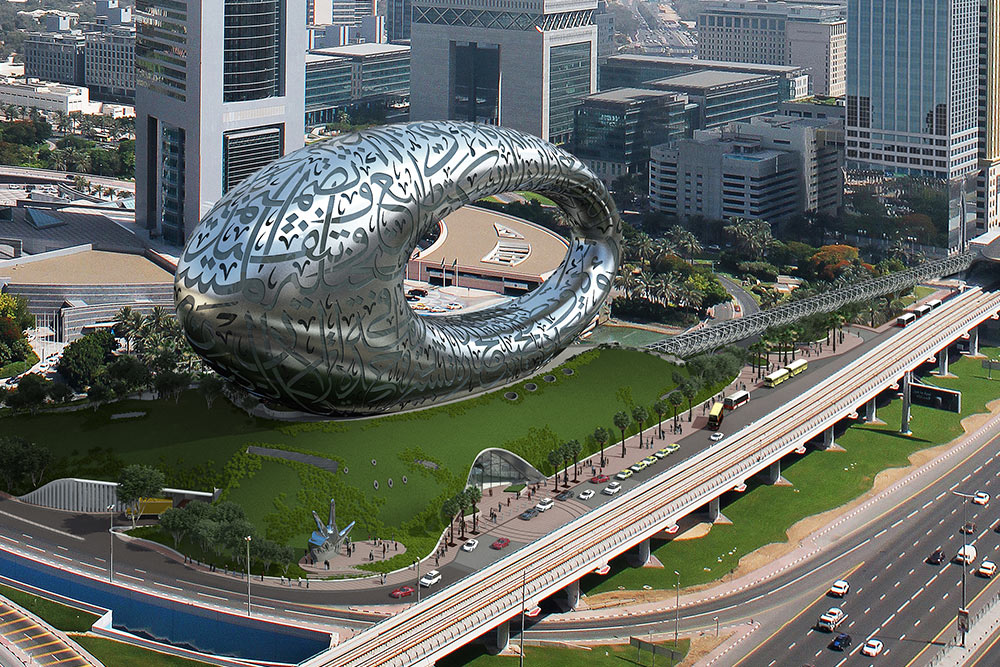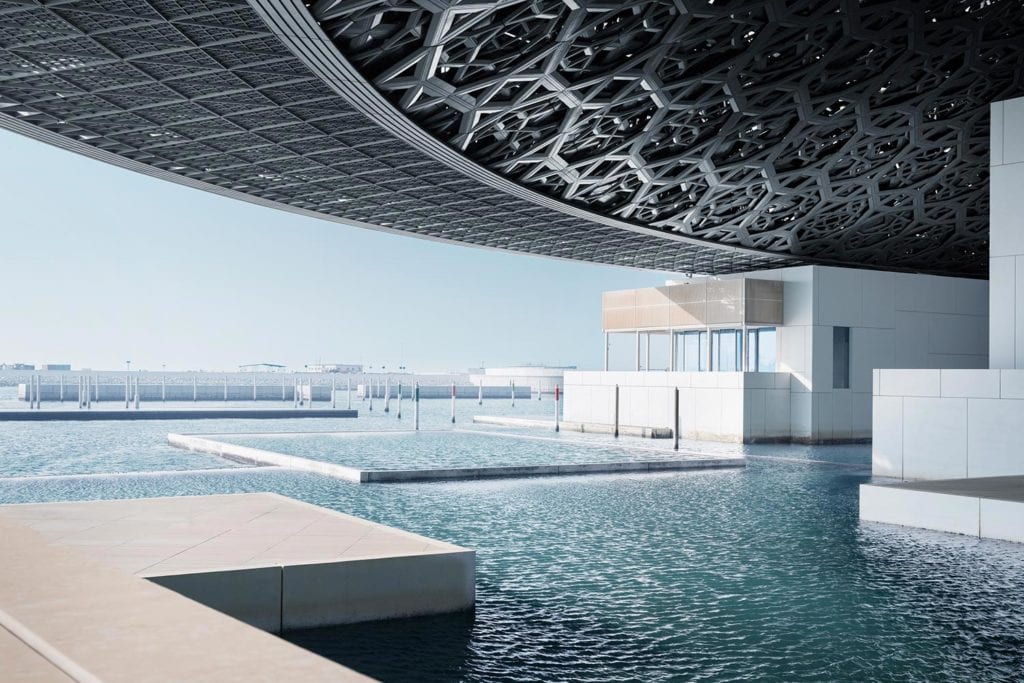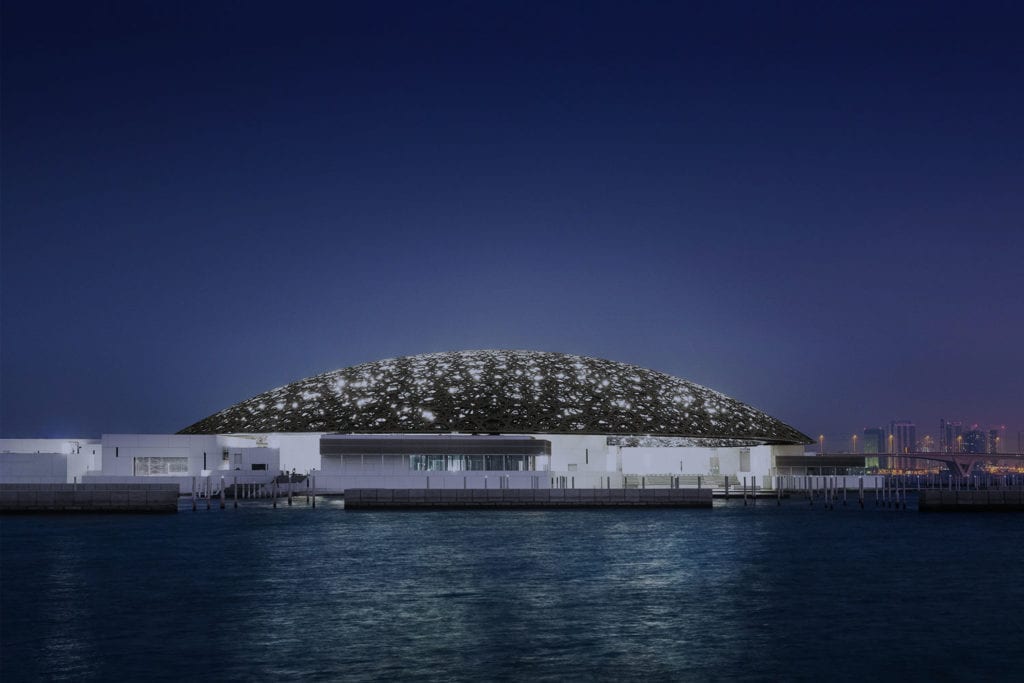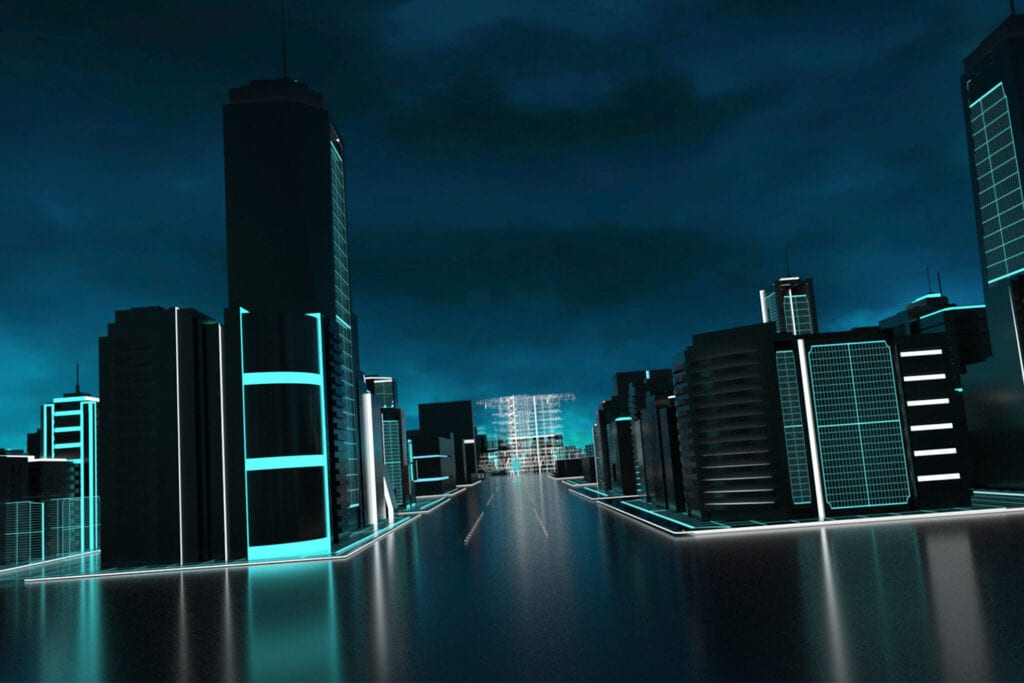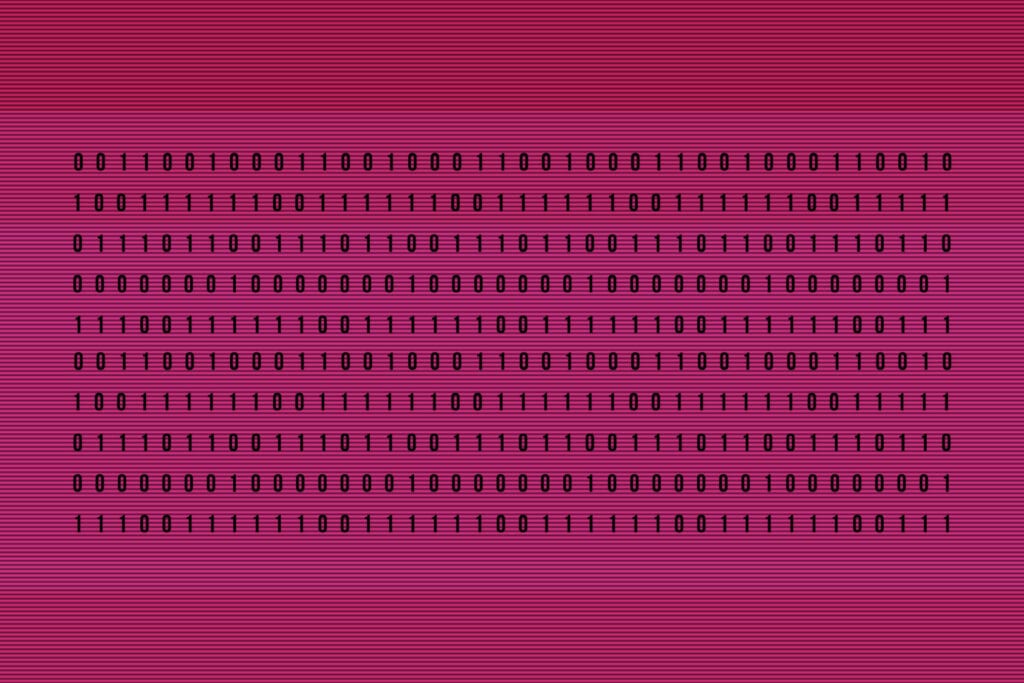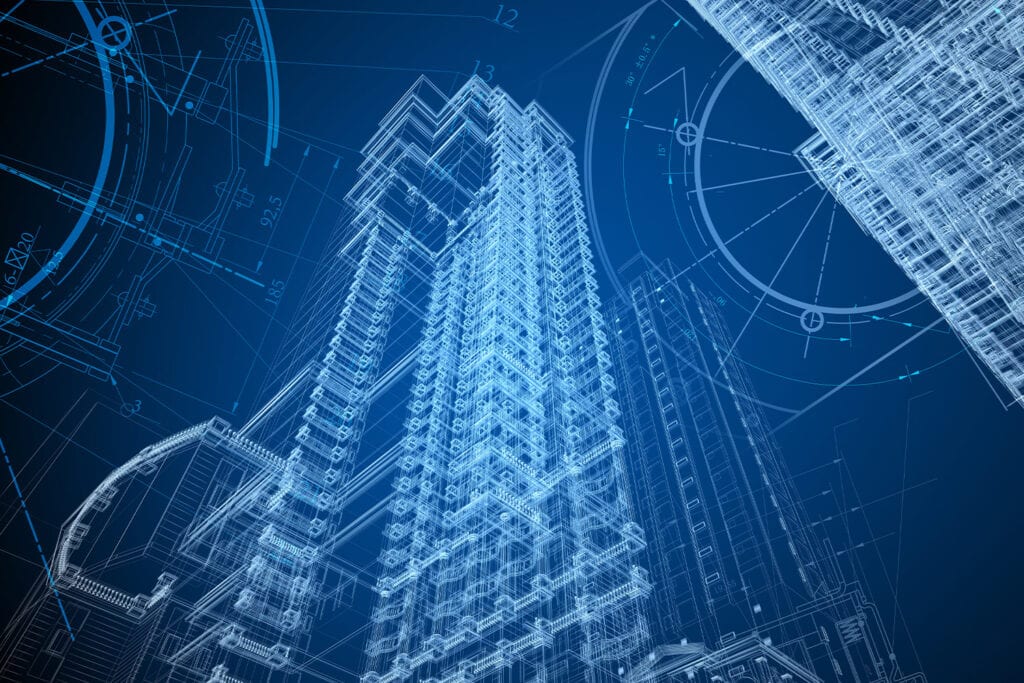In conversation with Chief Technology Officer Alain Waha
In this Q&A interview, we speak with Buro Happold’s Chief Technology Officer Alain Waha.
As a digital expert and agitator, Alain drives Buro Happold’s reputation as a global leader in utilising technology to improve our engineering design. He champions our technology initiatives that underpin our client relationships and our project performance, as well as our scalable and resilient business platforms. Alain’s work has allowed us to institutionalise BIM and GIS software across our engineering and consultancy practice in order to provide the very best service for our clients.
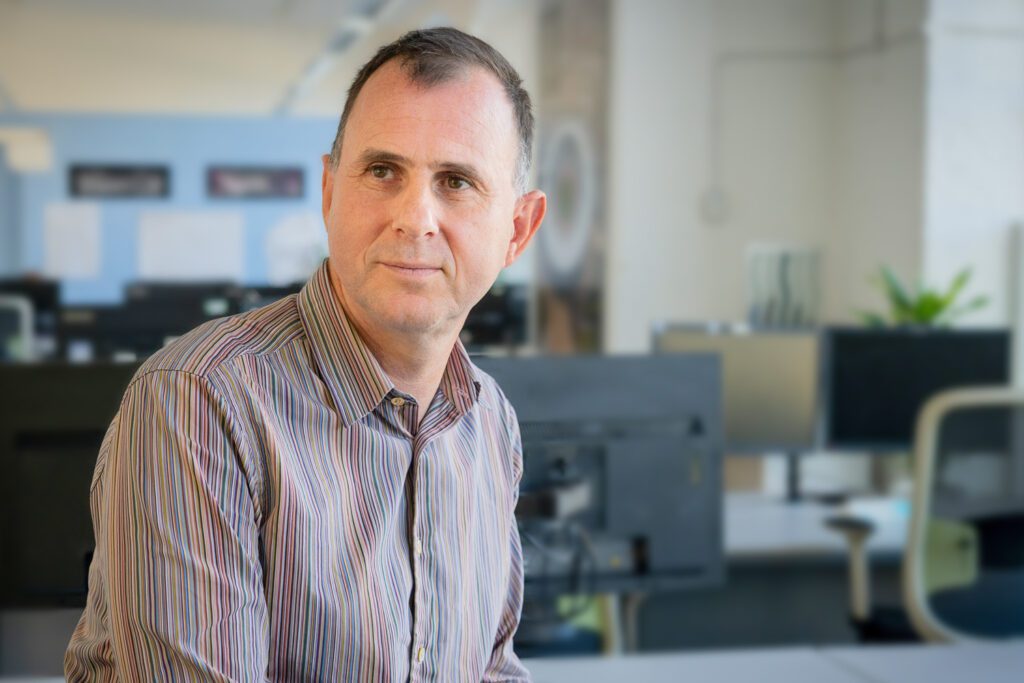
Q1. Tell us about your role as Chief Technology Officer.
I make sure we mobilise technology to solve built environment challenges. Technology is intrinsic to what we do. It is not something we talk about; it is something we just do.
A key component of my role is relaying what the Buro Happold Partners and the wider firm are invested in and committed to, namely equity, sustainability and technology. An equitable and sustainable built environment is what drives our engineering mind, so when these three pillars align on projects, it becomes incredibly powerful.
I am the person that animates the conversation around technology, in the same way that we have dedicated global leads for sustainability and equity.
Q2. Digital transformation is revolutionising the construction industry. What is unique about Buro Happold’s digital services offer?
What is special about Buro Happold is our belief in technology. It is part of our DNA. It drives our commitments to taking collective climate action and achieving equity within the built environment.
As previously mentioned, equity, sustainability and technology are our three organisational pillars. It is what our Partnership believes in, and it is what drives us as engineers to solve the problems within the built environment. It helps us attract clients with complex problems as they share our same belief that technology can solve these problems.
All our engineers mobilise technology to solve complex design and engineering problems. This is apparent when visiting any of our 31 locations worldwide, in every office, on every desk.
Technology must be democratic. It must be used to solve the problems of the built environment in 21st century. What excites me is that we are currently living through the digital transformation of the built environment.
Alain Waha, Chief Technology Officer, Buro Happold
Q3. Buro Happold has a heritage of engineering and design excellence. How does technology complement our more traditional service offerings?
The reason why we mobilise technology to solve those built environment problems is because we are committed to tackling our industry’s toughest problems. This attitude has been present since Buro Happold was founded in 1976 by Sir Ted Happold.
As a result, we are spearheading the digital transformation of the built environment. We continue to attract those clients with challenging problems, but, ultimately, they choose to approach us with these problems because of our reputation. Moreover, our clients often share our belief that technology is an enabler.
Historically, people will know that Sir Ted Happold started the practice with a specialist interest in tensile membrane structures, but without the computer software needed to solve this type of complex engineering problems. As a result, we began to write our own software. That was the very beginning of our integration of engineering and technology.

Q4. What differentiates Buro Happold from our competitors in the digital space?
Coding has became a radically democratic pursuit for everyone, and we expect every engineer in Buro Happold to have a degree of computational engineering knowledge.
In the same way that you would expect an accountant to know how to use Excel formula, engineers must be able to understand code. However, I think a lot of our competitors are only starting to realise that. Software is something that an engineer must mobilise, and so we must professionalise this fully.
For example, Buro Happold computational community is continuing to thrive. We are in the fifth year of our internal training programme, known as the Hackademy, which goes around the world training people through organised workshops, clinics, sprints and open-source learning. What is beautiful about well-structured software is that it becomes reusable as it is distributed in a collaboration platform such as GitHub. Through these platforms, engineers can share their modular software and start reusing other people’s code, adding it to their project.
That is what is unique about Buro Happold. Our clients know that we will mobilise technology in the built environment to improve their projects. Buro Happold is spearheading the use of digital tools within engineering design. Clients come to us because we are multifaceted. We have a unique understanding of both traditional engineering design and computational tools that allow us to be more agile and outcomes led as an organisation.
Q5. How is technology helping to decarbonise the built environment?
Technology is essential to decarbonising the built environment. We need to continue building to deliver the infrastructure expected from society, but in a better, more sustainable way. Traditional construction is a highly flexible ecosystem, but it is not very controlled. Therefore, traditional construction struggles to improve access across all metrics; in terms of efficiency, costs, quality and circularity.
Data is central to breakthrough outcomes. Without utilising data, we cannot confidently predict the performance of the building.
If you cannot measure it, you cannot improve it. Data collection is vital to avoid overbudget costs and construction time, as well as improving the embodied carbon lifecycle of a project. Technology makes construction a more predictable and controlled process.
Surprisingly, construction is one of the least digitised industries. The digital transformation of the built environment is what makes it an exciting time to be an engineer. Technology is an enabler to solve the climate emergency by using data to improve building design and performance, as well as circularity and net zero carbon.
The only way we can deliver the infrastructure we need for an equitable and sustainable world is by mobilising technology. Fundamentally, if you cannot measure it, you cannot improve it. Data is key to building design, performance and analysis.
Alain Waha, Chief Technology Officer, Buro Happold
Q6. Tell us about some projects that used digital tools to optimise the design, construction and performance of a building.
The two recent projects that stand out for me are the Louvre Abu Dhabi and the Museum of the Future in Dubai. Both projects were digitally designed and digitally manufactured. What is most fascinating about these projects is that the clock speed of technology is much faster than clock speed of buildings. However, both project mobilised technology to deliver something innovative and ahead of its time. Exceptional buildings require exceptional solutions.
For example, we delivered Louvre Abu Dhabi in 2018, but the project really started arising in 2016. Mobilising technology was an essential component of the project, from the initial design stages through to its construction and completion.
The Museum of the Future, which opened in early 2022, was created and delivered entirely within the BIM environment. Our specialist engineers developed bespoke, in-house BIM software to model and analyse numerous options for the structure.
The entire design and construction progress was digitised on both projects. Of course, every building is different, but what is important is that we can digitally design and manufacture every building, no matter what the scale, budget or location.
Digital technologies allow us to easily manage, manipulate and track the complexity of a building during all stages of development. At Buro Happold, we use the Construction Innovation Hub.
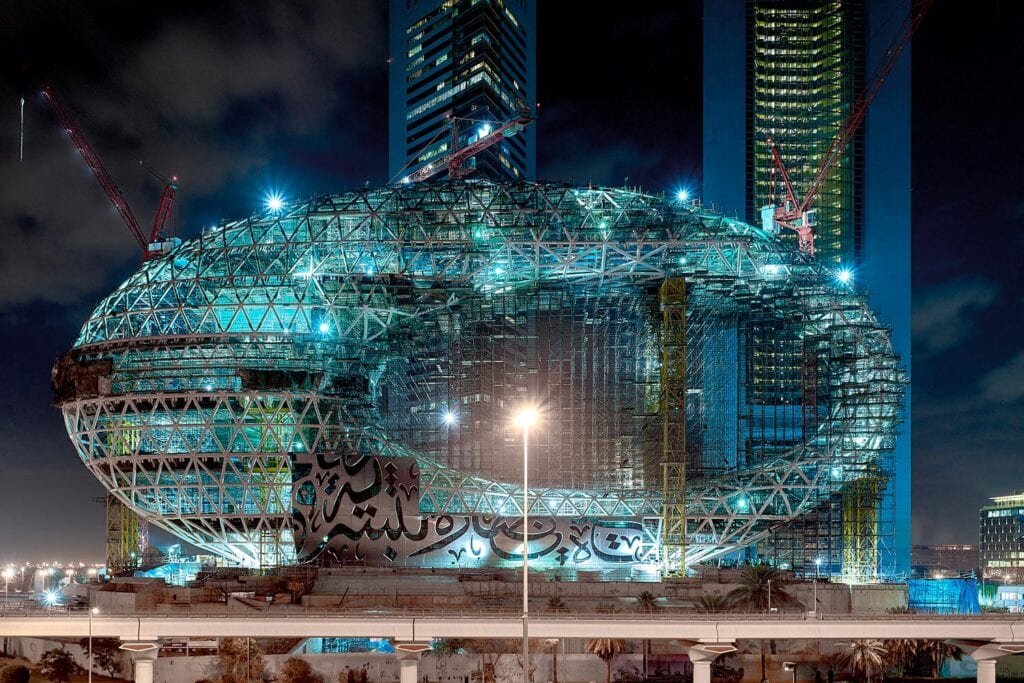
Q7. What is the future of design within the built environment?
Engineers are now mobilising software, code and data science approaches to solve design challenges in the built environment. It is a very broad movement worldwide.
We are not the only engineering and consultancy firm mobilising technology, but what matters is that scale at which we are doing it. We have nearly 2000 engineers contributing to and knowledge sharing through this codebase. We have formed a large global community of computational engineers.
What is beautiful about our well structed software is that it is reusable and collaborative. Coding has become radically democratic and software is something an engineer must mobilise to keep up to date with the way our industry is evolving.
However, it is important to note that the digitalisation of the built environment does not undermine the engineering mind, the design team or the creativity. It complements it, it augments it. I think that is what is most important about the digital tools, the continuous learning process. The built environment is incredibly complex, so the digitisation of the construction process acts an enabler and enhancer.
As a result, our teams are attracted to those who want to mobilise technology to create a better world. I think this underpins the growth that we are seeing in our industry and clients demands. We are all striving for better.
Clients often ask us, “How are you going to achieve a better built environment? What is your trick?” And we have a very simple answer… At the core of Buro Happold is a culture that attracts the greatest engineering minds multiplied by the latest technologies. Buro Happold mobilises technology to create an equitable and sustainable world. It is an integral to our values, our people and our projects.
Technology is the little bit of magic that allows people to believe that we can deliver better outcomes than our competitors. To be honest, I do not see other firms mobilising digital tools at the same scale. Our clients share our belief in technology, and its power in creating a more sustainable and equitable world.
Alain Waha, Chief Technology Officer, Buro Happold
